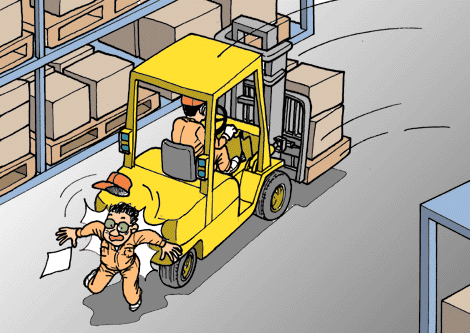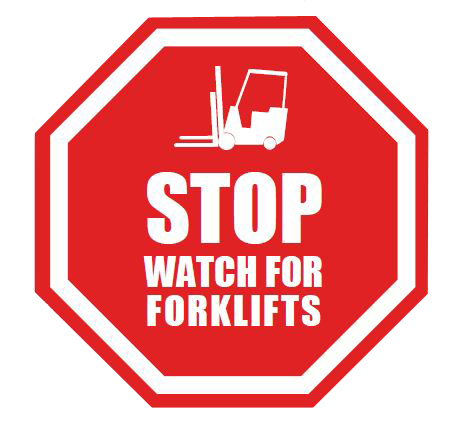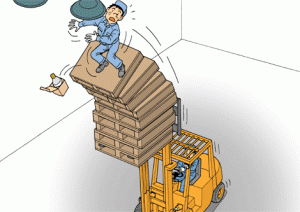
According to OSHA, forklift accidents are the cause of nearly 40 thousand serious injuries a year. 85 of those accidents are fatal. These accidents could be reduced significantly if better training and operating procedures were in place.
Every forklift operator should follow these seven basic guidelines when loading a pallet or other materials.
- Have advanced knowledge of your surroundings.
Get a feel for your environment before attempting to lift the load. Make sure that overhead areas are clear and other people aren’t in your way. Running over other people and objects will result in extensive damages.
- Ensure the load is not heavier than the recommended weight in any position.
Pay close attention to the maximum weight ratings set by the forklift’s manufacturer. Ignoring these ratings will result in damage equipment or the forklift tipping over.
- Spread the forks as wide as possible for every load.
Adjusting the width of the forks will significantly increase the stability of the load. Also make sure that each for is equal distance from the center of a load.
- Insert the forks completely under the load.
Doing this will prevent the load from slipping off of the front or tipping forward and causing a load shift.
- Come to a complete stop before raising or lowering a load.
An experienced forklift driver will often configure a load while moving the machine to save themselves time. This is bad practice. Even the best forklift operators can only comprehend so many distractions while multitasking. This often leads to injury accidents.
- Tilt load back slightly.
This will also prevent a load from tipping forward. Make sure the load is not taller than the guarding, however. Tipping a load back without proper guarding can result in materials falling onto the operator.
- Never leave a forklift while a load is raised!
An operator must always be present when a load is elevated. This can cause serious injuries from the forklift or materials tipping over.
Experienced forklift operators often stretch the rules and guidelines set by their employers. The boundaries of equipment set by the manufacturers are also often ignored. No forklift operator is immune to having an accident. This is why every employee must be reminded of the basic safety procedures even after they have years of experience.
 These basic warehouse safety tips on how to load a forklift will serve as constant reminders to any forklift operator. We assume that any employee working in the field already has extensive training and knowledge of their machine.
These basic warehouse safety tips on how to load a forklift will serve as constant reminders to any forklift operator. We assume that any employee working in the field already has extensive training and knowledge of their machine.
Accidents continue to happen, however. This means that safety training should be emphasized and discussed often. It is recommended that warehouse safety tips like these be posted around a warehouse to continue to promote safe habits.
That’s it for today’s warehouse safety tips! Check back often for more warehouse safety tips on running a safer and more efficient warehouse!

